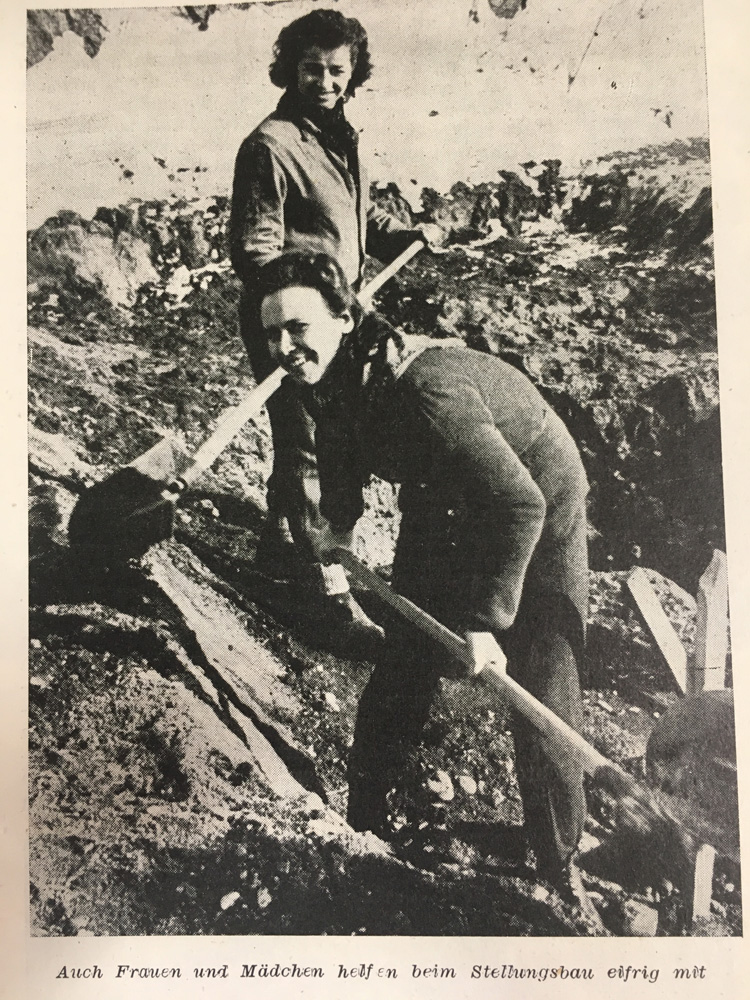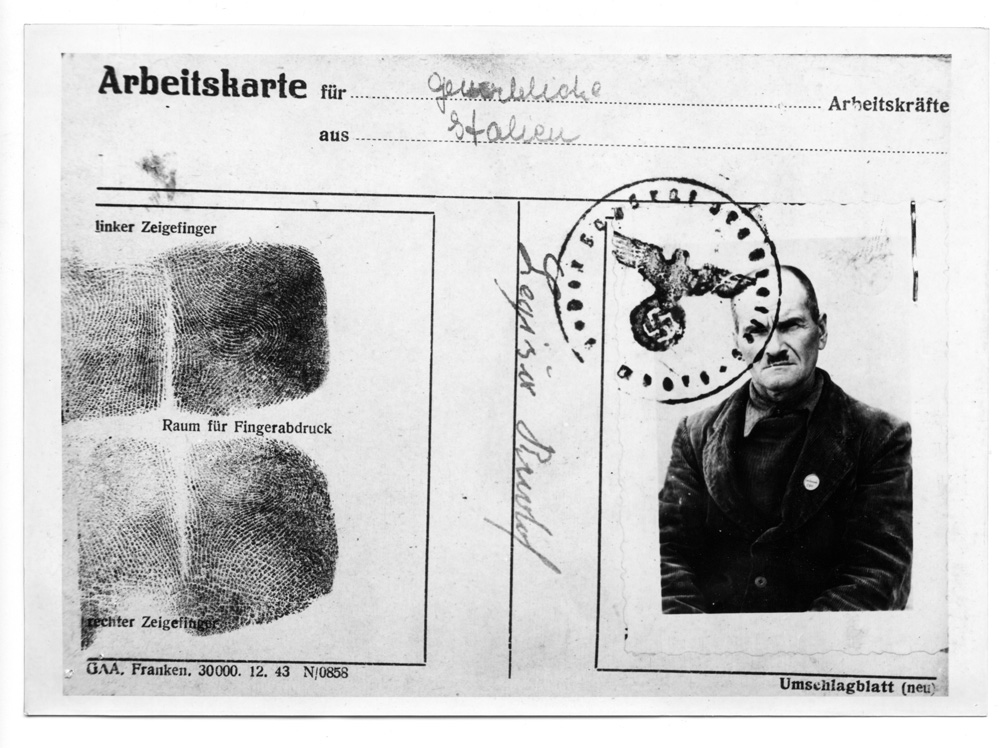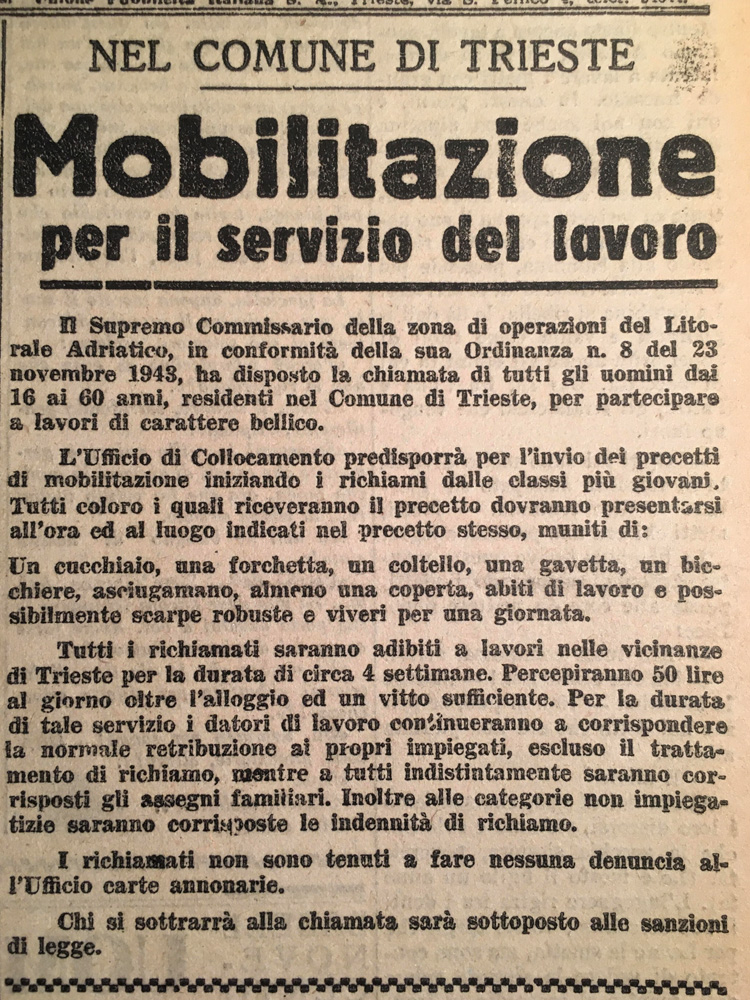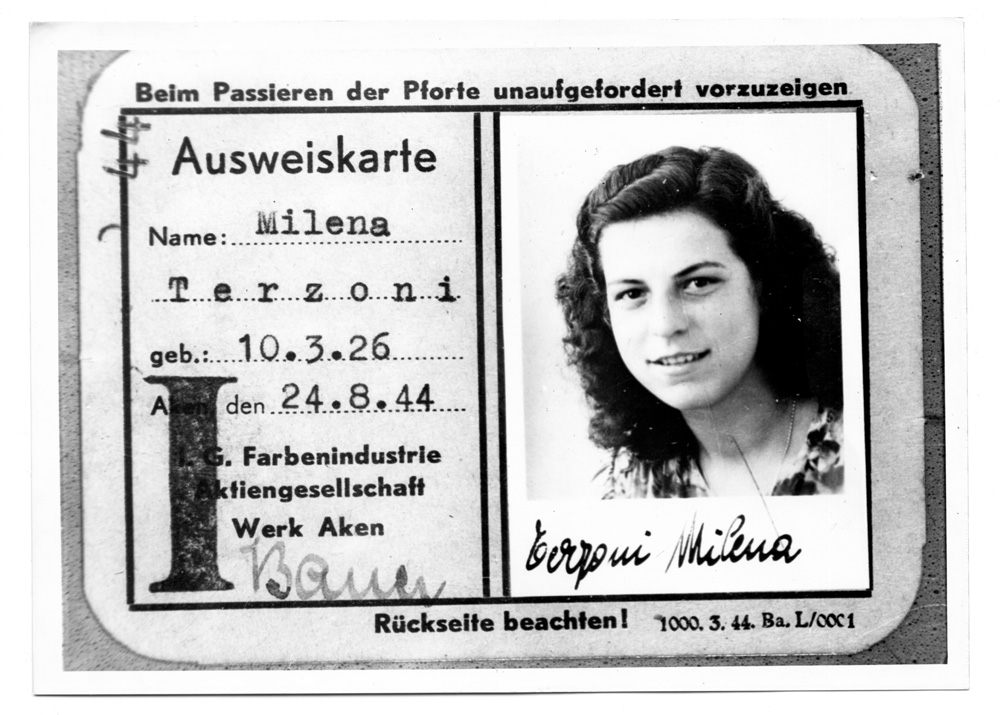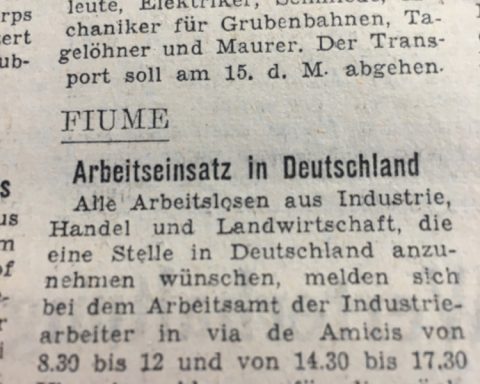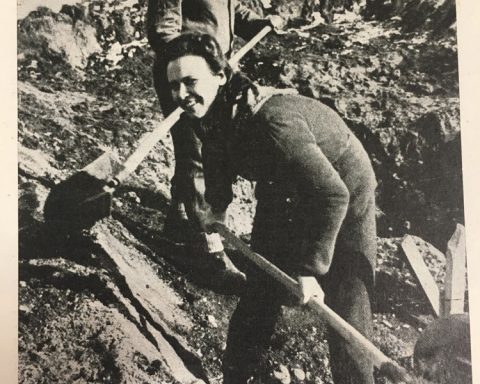The German occupation of the northern Adriatic area of Italy gave rise to the Operationszone ‘Adriatisches Küstenland’, the ‘Adriatic Coast’ Operations Zone (OZAK), where the suspension of Italian sovereignty resulted in a German civil administration, directly under Hitler’s command. As in other European regions formally or concretely annexed to the Reich, its control was assigned to the governor of a neighbouring Gau: the Carinthian Gauleiter Friedrich Rainer. The Supreme Commissioner had absolute power in the political and judicial fields, and full control over the local economy. Already in the autumn of 1943, Rainer started to carry out a census to identify the human potential and particular profile of the area’s productive fabric. Subsequently, also in the light of the results of this investigation, the Supreme Commissioner took action to satisfy the German war economy’s need for arms by encouraging workers to move to the Reich on a voluntary basis. In addition to presenting the economic benefits of going to work beyond the Alps, German propaganda pursued this objective by leveraging both the historical link between this region and Austria by virtue of the common Habsburg past, and the solid local tradition of emigration to Germany and Carinthia by seasonal farm labourers and factory workers.
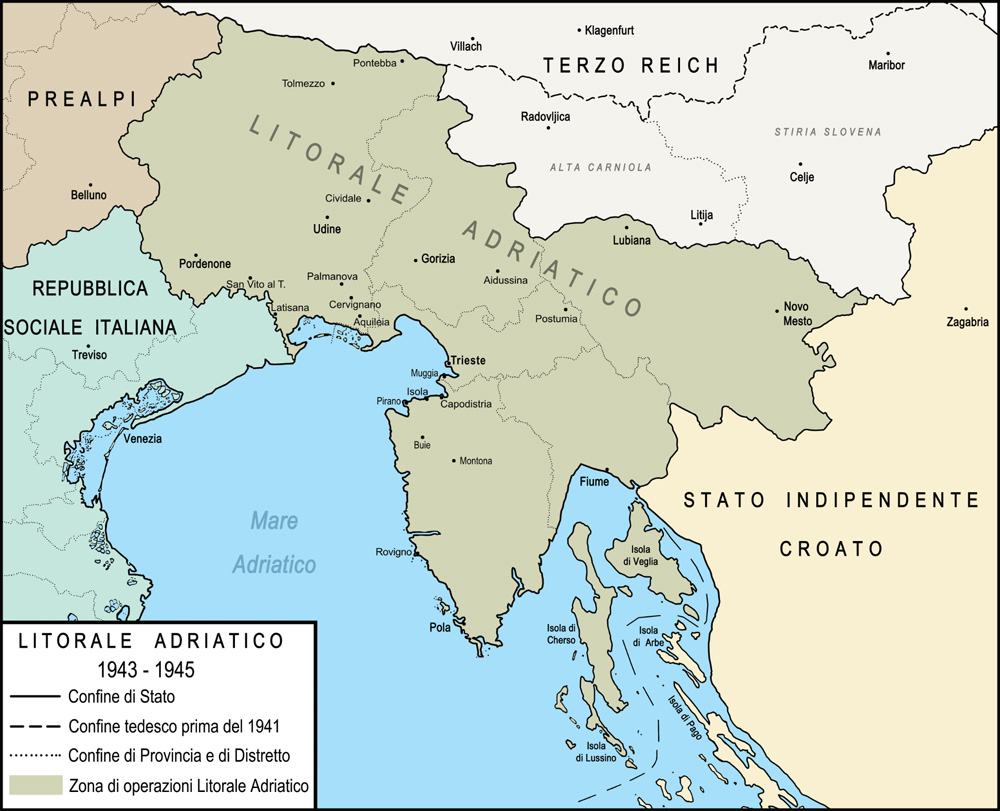
Map of the ‘Adriatic Coast’ Operations Zone, drawn by Franco Cecotti. The OZAK included the provinces of Trieste, Udine, Gorizia, Pola and Fiume, up to Buccari, as well as Kvarner with the islands of Krk, Cres and Lošinj. Ljubljana and its surroundings became a German protectorate under German-Slovenian administration.
THE HISTORIANS’ VIEW
Anti-partisan roundups in the rural and mountainous areas of the Adriatic coast and the conscription of manpower.
Round-ups in the urban areas of the Adriatic coast: motivations, methods, aims.
A brief look at the specific situation of women, as both voluntary and forced workers.
The size of the workforce sent to the Reich from the Adriatic coast.
by Sara Bergamasco
